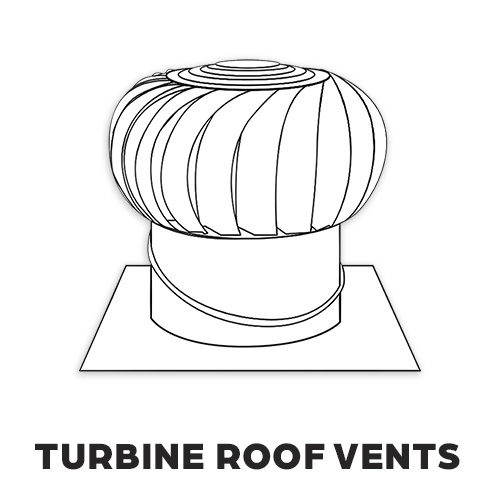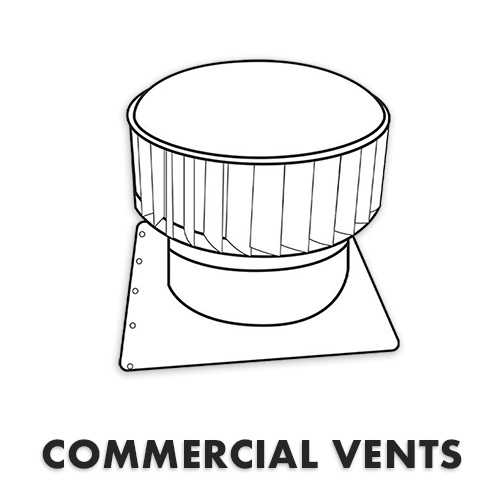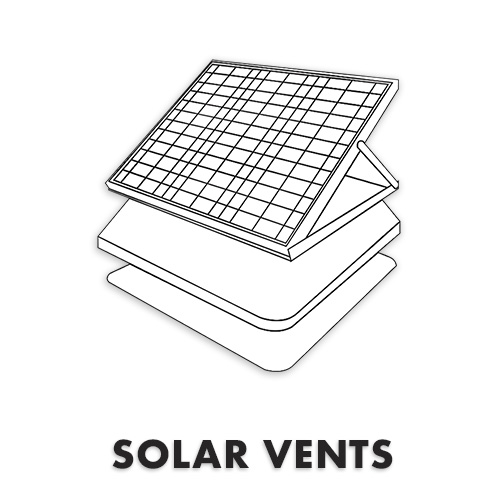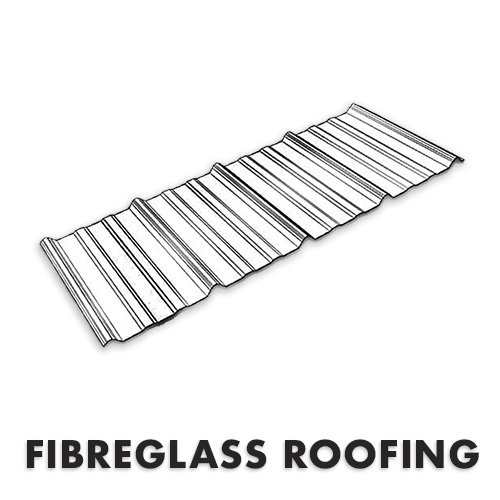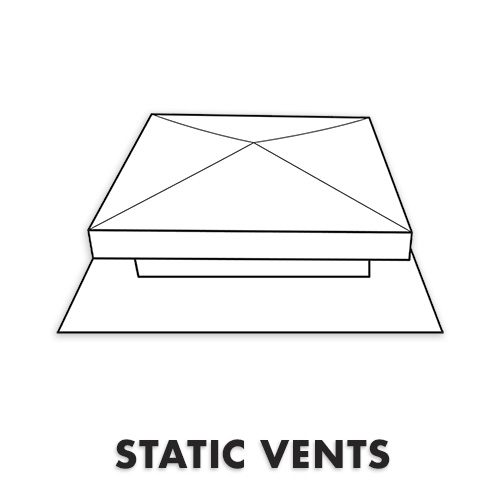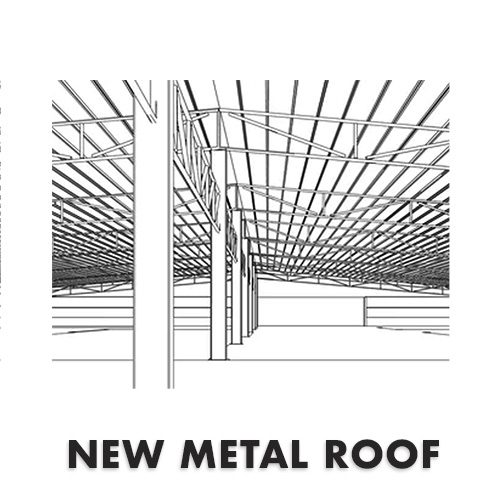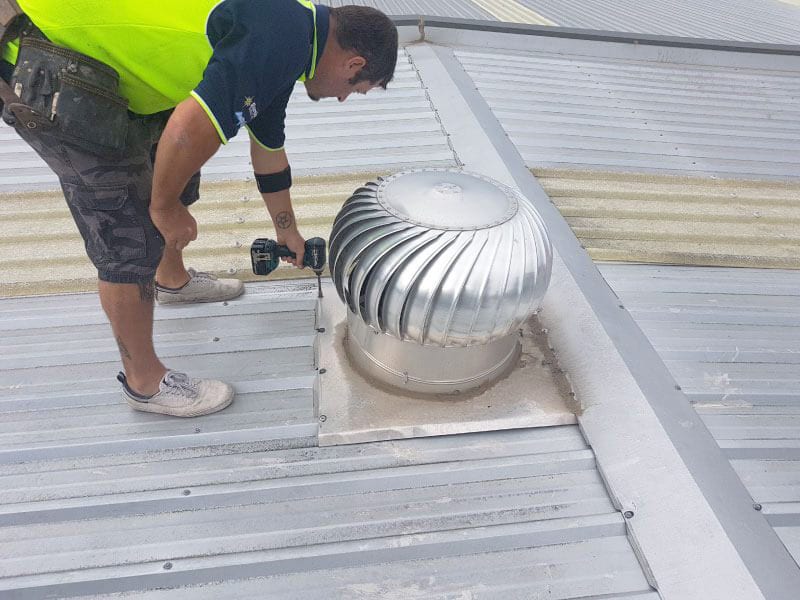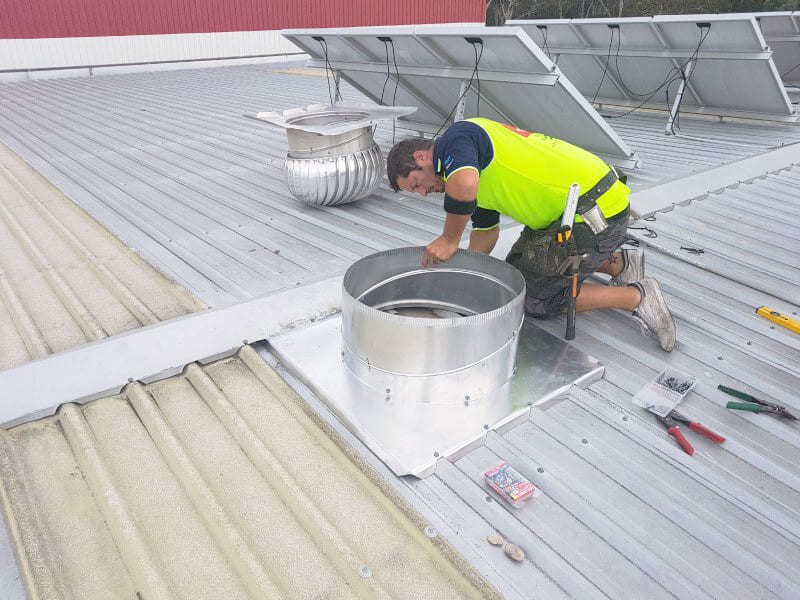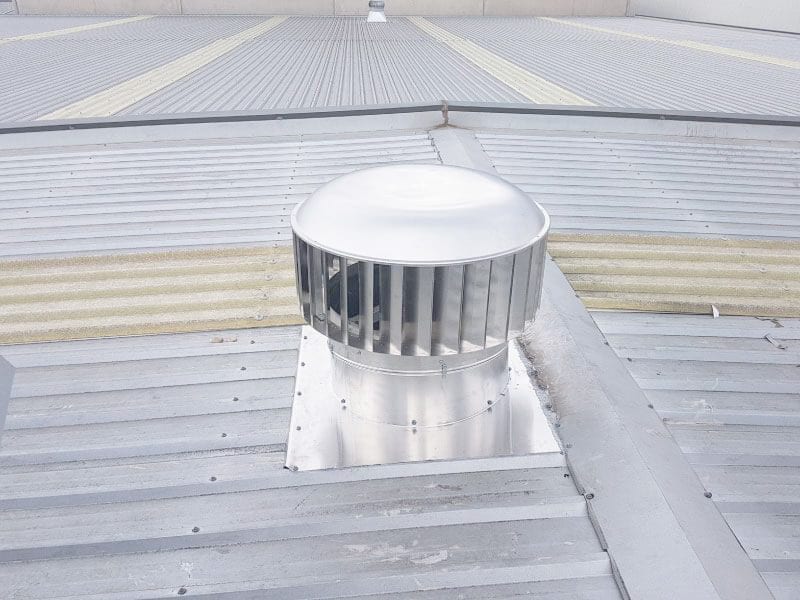Products Installed in Greater Sydney
contact us today or call direct 1300-564-612
Some Jobs in Our Portfolio Below
Pan Civil | Chillex | Hanlon | South Pacific Laundry | Show Tech | Royal Sydney Gold Club | Warehouse Re-Roofing | Strathfield Golf Club
installation pictures in Sydney
[gravityform id=”20″ title=”true”]
The Crucial Role of Commercial Turbine Wind-Driven Roof Vents for Exhaust Fume Extraction
The Impact on Worker Health
In industrial and commercial settings, maintaining a safe and healthy work environment is of paramount importance. One critical aspect of workplace safety is the efficient expulsion of exhaust fumes. Commercial turbine wind-driven roof vents play a vital role in achieving this objective. These innovative devices harness wind power to create powerful airflow, effectively removing harmful fumes from enclosed spaces. However, it is crucial to recognize that the size and capacity of these vents significantly impact their effectiveness. In this article, we will explore why the size and capacity of commercial turbine wind-driven roof vents are critical in expelling exhaust fumes from the work environment.
- Efficient Fume Extraction: The primary purpose of commercial turbine wind-driven roof vents is to facilitate the extraction of exhaust fumes from the workplace. These fumes can be generated by machinery, vehicles, or various industrial processes, and if left unaddressed, they pose significant health risks to workers. The size and capacity of the vent play a vital role in ensuring the efficient removal of these hazardous emissions.
A larger turbine vent offers a greater surface area for the wind to act upon, resulting in increased airflow. This enhanced airflow creates a more effective ventilation system, rapidly expelling the exhaust fumes. A higher capacity turbine vent can handle a larger volume of fumes, preventing the buildup of toxic gases and maintaining a safer work environment. By accurately sizing the vents according to the space and volume of fumes generated, optimal extraction efficiency can be achieved.
- Air Quality and Worker Health: Exhaust fumes contain numerous pollutants, including carbon monoxide, nitrogen oxides, and particulate matter, which can have severe health implications. Without proper ventilation, these fumes accumulate, leading to poor indoor air quality (IAQ) and potentially causing respiratory issues, headaches, fatigue, and even long-term health problems.
The size and capacity of commercial turbine wind-driven roof vents directly influence IAQ and, consequently, worker health. A well-sized vent ensures the expulsion of a significant volume of polluted air, allowing fresh air to enter and dilute the concentration of harmful substances. By adequately sizing the vent to match the fume generation rate, the risk of prolonged exposure to toxic fumes decreases significantly, promoting a healthier and safer work environment.
- Temperature and Humidity Regulation: In addition to expelling exhaust fumes, commercial turbine wind-driven roof vents can also contribute to temperature and humidity regulation within the workplace. Proper ventilation aids in preventing the buildup of heat and excessive moisture, which can be detrimental to both equipment and human comfort.
The size and capacity of the vents play a vital role in maintaining optimal temperature and humidity levels. A larger vent can facilitate better air circulation, ensuring the removal of hot and humid air, thus reducing the risk of heat-related illnesses and preventing condensation that could damage equipment or lead to mold growth. An appropriately sized turbine vent can effectively balance airflow to create a comfortable work environment while efficiently removing fumes.
Commercial turbine wind-driven roof vents offer an effective solution for expelling exhaust fumes from the work environment. The size and capacity of these vents directly impact their ability to ensure efficient extraction of harmful emissions. By selecting an appropriately sized vent, businesses can significantly improve air quality, safeguard worker health, and maintain optimal temperature and humidity levels. Recognising the criticality of size and capacity when implementing these ventilation systems is a crucial step in creating a safer and healthier workplace for all.

